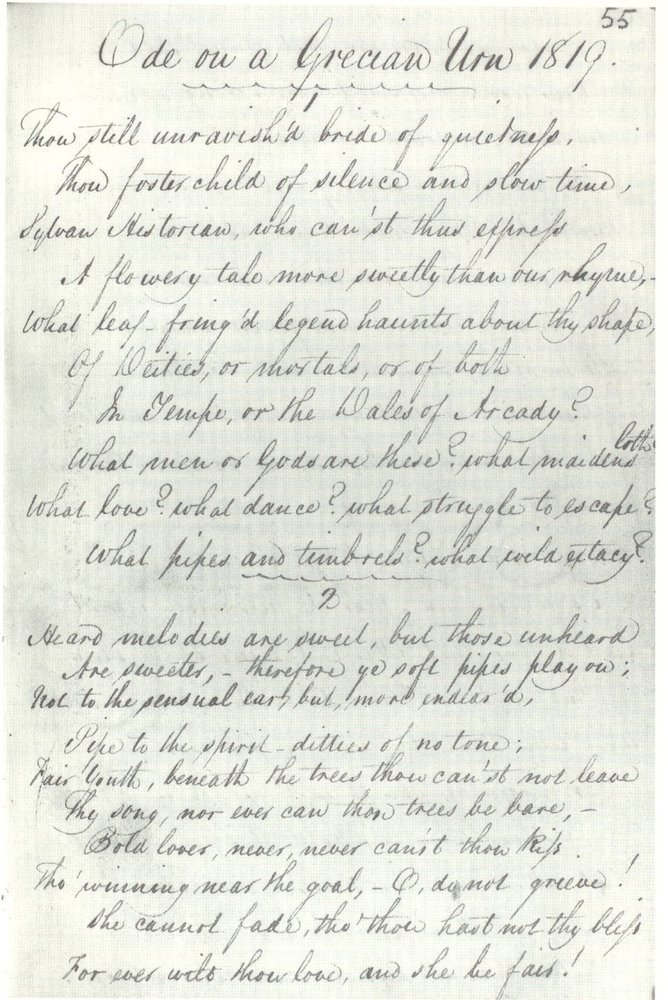Fa la pubblicità che prima gli chiedevo Marracash (Ft. J-Ax) – ...Quando Ero Vivo
What is this?
The Genius annotation is the work of the Genius Editorial project. Our editors and contributors collaborate to create the most interesting and informative explanation of any line of text. It’s also a work in progress, so leave a suggestion if this or any annotation is missing something.
To learn more about participating in the Genius Editorial project, check out the contributor guidelines.
Radio e TV presenti in massa
Anche chi non mi passava una traccia
Intervistano perfino mia mamma
Ancora sotto shock, che piange come da programma Marracash (Ft. J-Ax) – ...Quando Ero Vivo
What is this?
The Genius annotation is the work of the Genius Editorial project. Our editors and contributors collaborate to create the most interesting and informative explanation of any line of text. It’s also a work in progress, so leave a suggestion if this or any annotation is missing something.
To learn more about participating in the Genius Editorial project, check out the contributor guidelines.
Adesso vedo un poliziotto e una cameriera
Vedo me stesso morto sul pavimento
Di quest'hotel a tre stelle e mezzo dopo un concerto Marracash (Ft. J-Ax) – ...Quando Ero Vivo
What is this?
The Genius annotation is the work of the Genius Editorial project. Our editors and contributors collaborate to create the most interesting and informative explanation of any line of text. It’s also a work in progress, so leave a suggestion if this or any annotation is missing something.
To learn more about participating in the Genius Editorial project, check out the contributor guidelines.
In radio gira sempre una mia canzone
Chissà dov'era tutto questo amore
Quando soffrivo, quando ero vivo
Adesso finalmente sanno il mio nome
Bruciare il santo e fare la processione
A cosa serve tutto questo onore
Se non ero un mito quando ero vivo? Marracash (Ft. J-Ax) – ...Quando Ero Vivo
What is this?
The Genius annotation is the work of the Genius Editorial project. Our editors and contributors collaborate to create the most interesting and informative explanation of any line of text. It’s also a work in progress, so leave a suggestion if this or any annotation is missing something.
To learn more about participating in the Genius Editorial project, check out the contributor guidelines.
What is this?
The Genius annotation is the work of the Genius Editorial project. Our editors and contributors collaborate to create the most interesting and informative explanation of any line of text. It’s also a work in progress, so leave a suggestion if this or any annotation is missing something.
To learn more about participating in the Genius Editorial project, check out the contributor guidelines.
What is this?
The Genius annotation is the work of the Genius Editorial project. Our editors and contributors collaborate to create the most interesting and informative explanation of any line of text. It’s also a work in progress, so leave a suggestion if this or any annotation is missing something.
To learn more about participating in the Genius Editorial project, check out the contributor guidelines.
What is this?
The Genius annotation is the work of the Genius Editorial project. Our editors and contributors collaborate to create the most interesting and informative explanation of any line of text. It’s also a work in progress, so leave a suggestion if this or any annotation is missing something.
To learn more about participating in the Genius Editorial project, check out the contributor guidelines.
What is this?
The Genius annotation is the work of the Genius Editorial project. Our editors and contributors collaborate to create the most interesting and informative explanation of any line of text. It’s also a work in progress, so leave a suggestion if this or any annotation is missing something.
To learn more about participating in the Genius Editorial project, check out the contributor guidelines.
What is this?
The Genius annotation is the work of the Genius Editorial project. Our editors and contributors collaborate to create the most interesting and informative explanation of any line of text. It’s also a work in progress, so leave a suggestion if this or any annotation is missing something.
To learn more about participating in the Genius Editorial project, check out the contributor guidelines.









What is this?
The Genius annotation is the work of the Genius Editorial project. Our editors and contributors collaborate to create the most interesting and informative explanation of any line of text. It’s also a work in progress, so leave a suggestion if this or any annotation is missing something.
To learn more about participating in the Genius Editorial project, check out the contributor guidelines.
The deities or mortals are the gods and humans represented on the urn.
Both the (Valley of) Tempe and Arcady (Arcadia today) are Grecian regions, where the tale of the urn probably takes place.
Keats is an adept craftsman and uses words skillfully, as the concise compound description ‘leaf-fringed legend’ attests.
A string of rhetorical questions sets up the intellectual basis of what he wishes to say, creating tension that draws the curious reader in.
Introduced by the word “historian” (which carried the meaning of story=-teller), Keats now starts to see the urn not only as visual but as a vehicle for narrative. We get the picture of men or Gods pursing maidens–a motif found frequently on Greek urns and sometimes in a very revealing form.